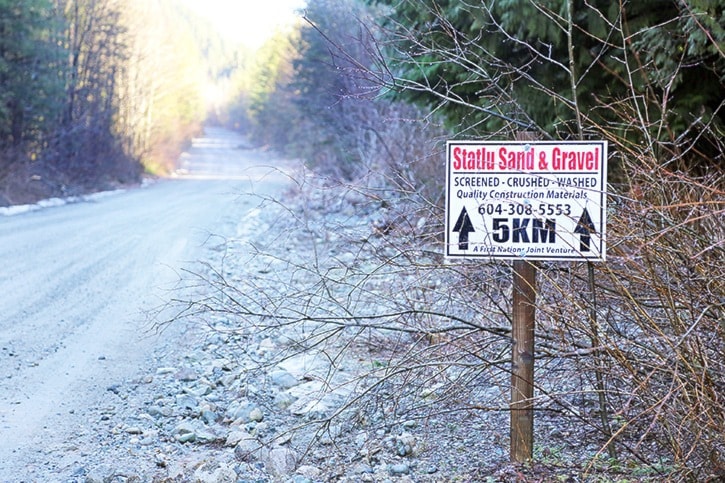In a unanimous decision of support, the eight electoral area (EA) directors voted against the proposed rezoning for a remediated soil dump on Chehalis Forest Service Road last week, putting the final nail in the coffin of the project north of Highway 7.
The final word about a Statlu Resources Inc. initiative was resolved at the Fraser Valley Regional District (FVRD) Board meeting on Feb. 23, with the four delegations set to present withdrawing from the agenda.
Only EA directors are permitted to vote on items that pertain to the electoral areas, so the vote was more of a formality as the Electoral Area Services Committee (AESC) had already voted the proposal down earlier in February.
Statlu had proposed a site on the east side of Chehalis Forest Service Road (also known as Chehalis Resource Road) where remediated soil would be dumped into a site downhill from that company’s sand and gravel extraction operation.
Company owner Earl Wilder said his planned facility was so safe that even if a 200-year event rainfall occurred it wouldn’t pollute the Chehalis River below.
He feels the process wasn’t fair and that his project was doomed from the start because few people would even look at the rigorous research his company had carried out.
“It’s just ‘no’ and no reasons for ‘no’—just ‘no,’” he told the Observer after the earlier decision.
But local petitioners felt otherwise, gathering over 2,000 signatures locally and from around the Fraser Valley, along with more than 50 letters to the FVRD.
Their argument was against the environmental cost—no matter how small or unlikely—such a project could pose to a wilderness area that supports tourism, recreation and important ecological populations.
During the AESC meeting in early February, the FVRD also passed a resolution that will see the group asking B.C. for funding to look at the need for such a facility in the area and which location “could be better and have less potential environmental impact,” according to FVRD’s CAO Paul Gipps in an previous statement.

